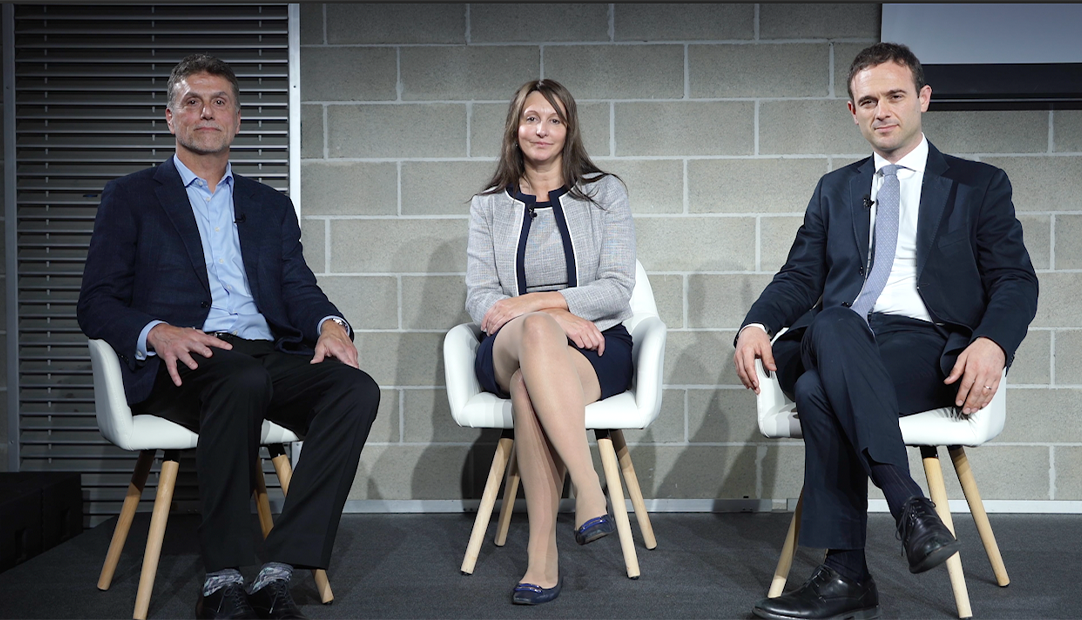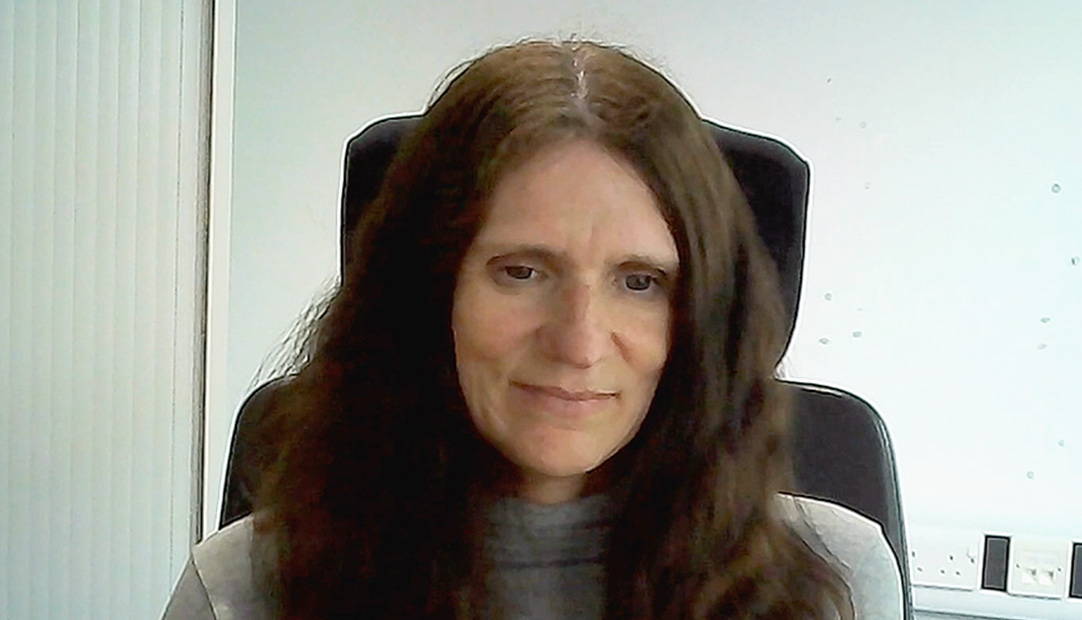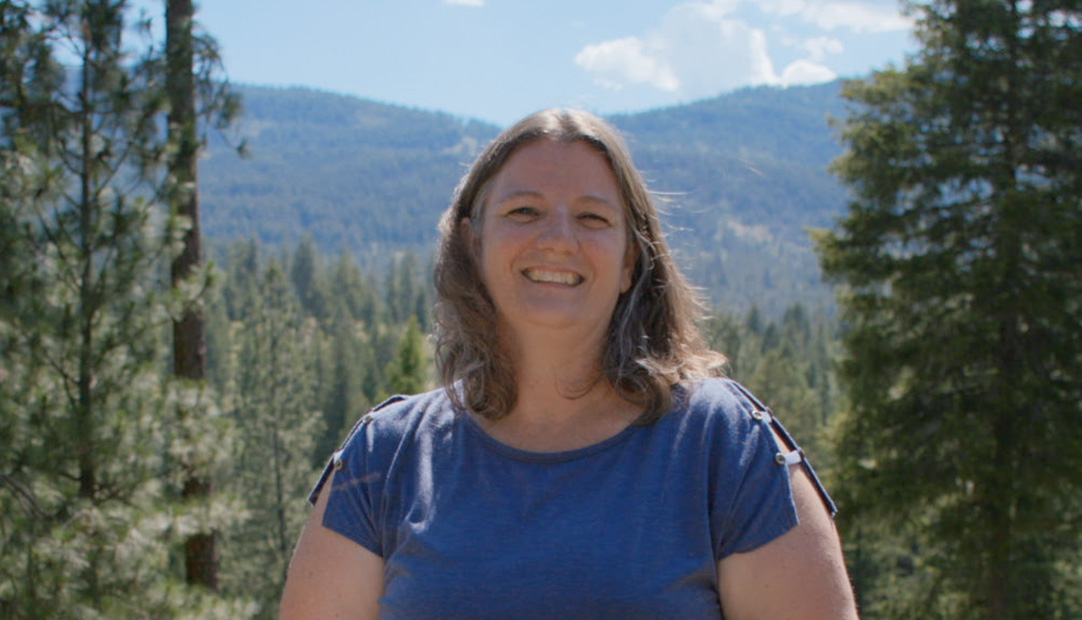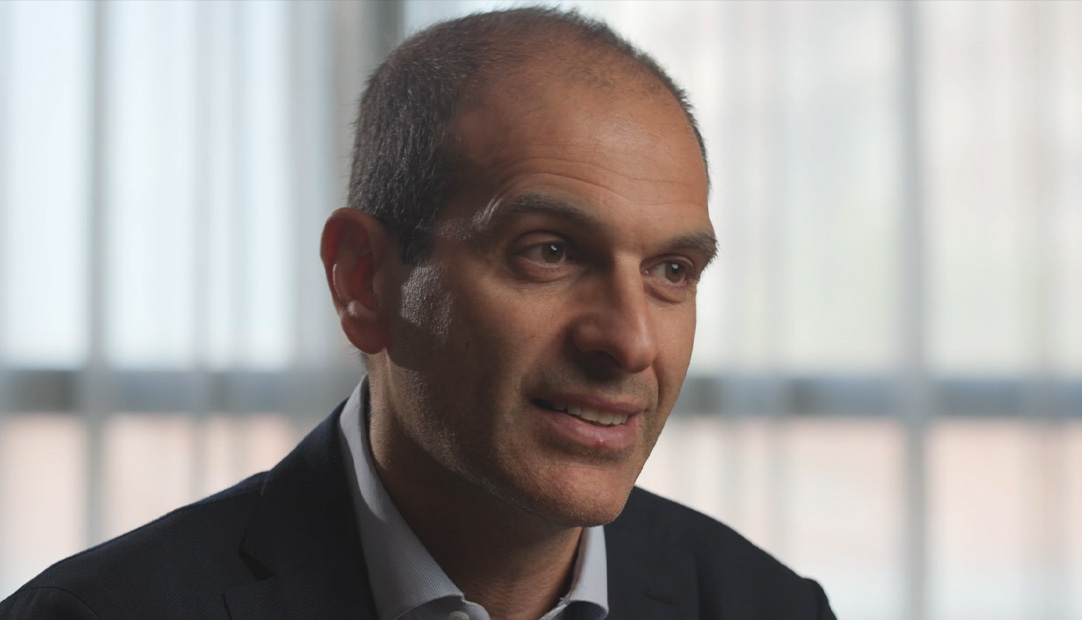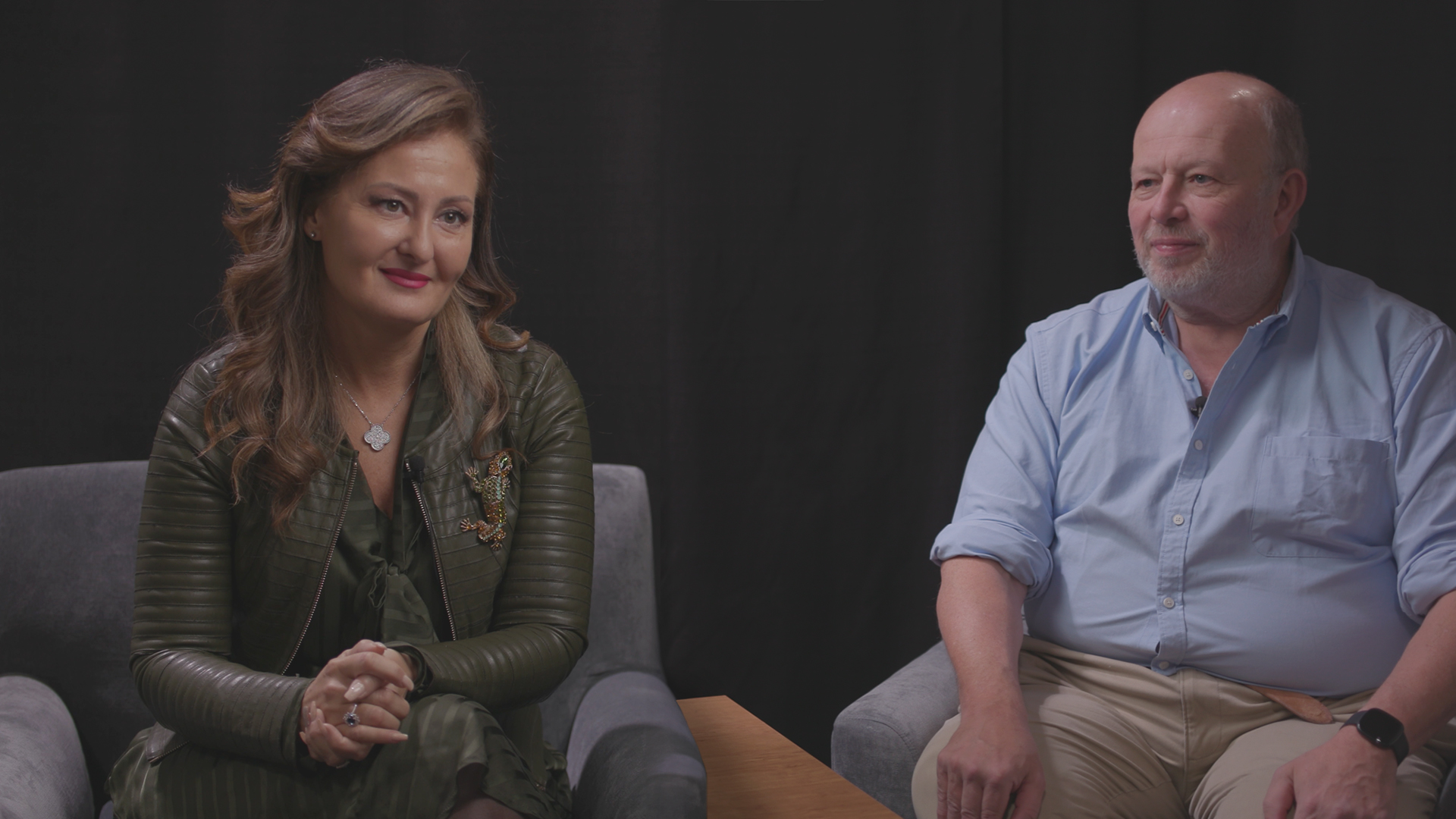Bridging the innovation gap in rare diseases
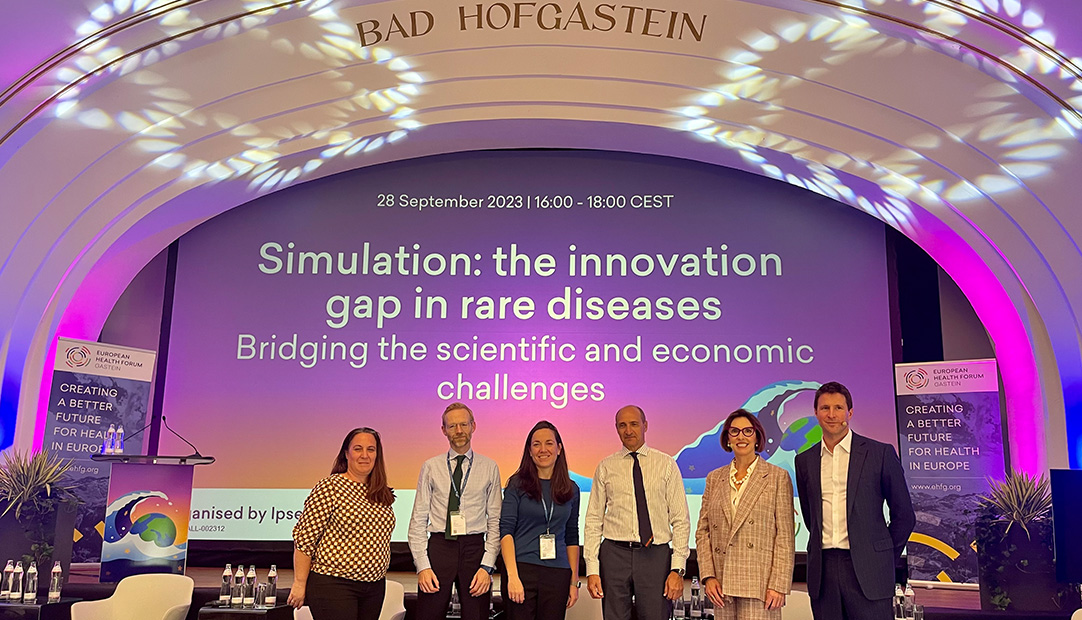
At the latest edition of European Health Forum Gastein, Ipsen held an interactive session to raise awareness of the challenges inherent in drug development for rare and ultra-rare diseases.
In the past two decades, policies that support rare disease research and innovations have led to transformative developments and new hope to some of the more than 300 million people worldwide living with these conditions. However, the innovation gap between rare and ultra-rare diseases and more prevalent conditions is still significant and is set to grow further, as policy support for rare disease research diminishes in some parts of the world.
The road to developing treatments for rare diseases is already a challenging one. These conditions present unique scientific and clinical challenges including limited knowledge, a lack of diagnostic pathways and natural history data, the absence of biomarkers and small numbers of patients to participate in clinical trials. The path to developing treatments for rare diseases demands both substantial resources and unwavering passion and resilience, not just from scientists but also from healthcare professionals, patients and their families and carers, who are often actively involved in the development process.
While developing therapies for rare diseases is not easy, it is undoubtedly the right and fair thing to do, as there are often very few, if any treatment options available. 94% of rare diseases have no effective treatment. Progress in this area requires incentives for R&D, whether economic, regulatory, or legal, to encourage innovation and collaboration among all stakeholders in the healthcare system.
People living with rare diseases are entitled to the promise of health, and we’re doing our part to make that promise a reality.



